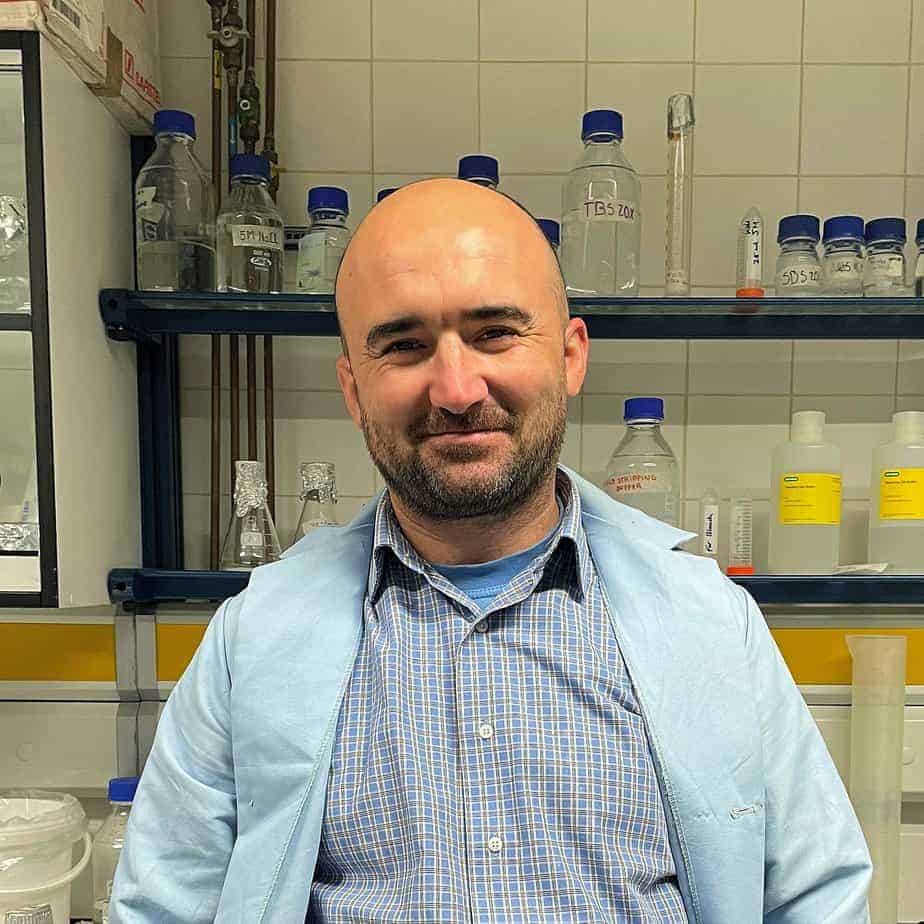Loss of sacsin affect neurons in the cerebellum, but the role of other, non-neuronal brain cells in ARSACS has been less studied. The team discovered high amounts of sacsin in the cells that form the blood-brain barrier—a protective layer that keeps harmful substances in the bloodstream out of the brain. They plan to remove sacsin from these cells in the lab to see if it makes the barrier leakier and more fragile. If true, these findings could reveal new ways that ARSACS harms the brain and point to possible new treatments.
Financement: 25 000$
Durée : un an

Dr Federico Herrera
Cell Structure and Dynamics Laboratory
Department of Chemistry and Biochemistry (DQB)
Faculty of Sciences, University of Lisbon
Edifício C8, Campo Grande
1749-016 Lisboa
Portugal
Coordonnées: fherrera@fc.ul.pt